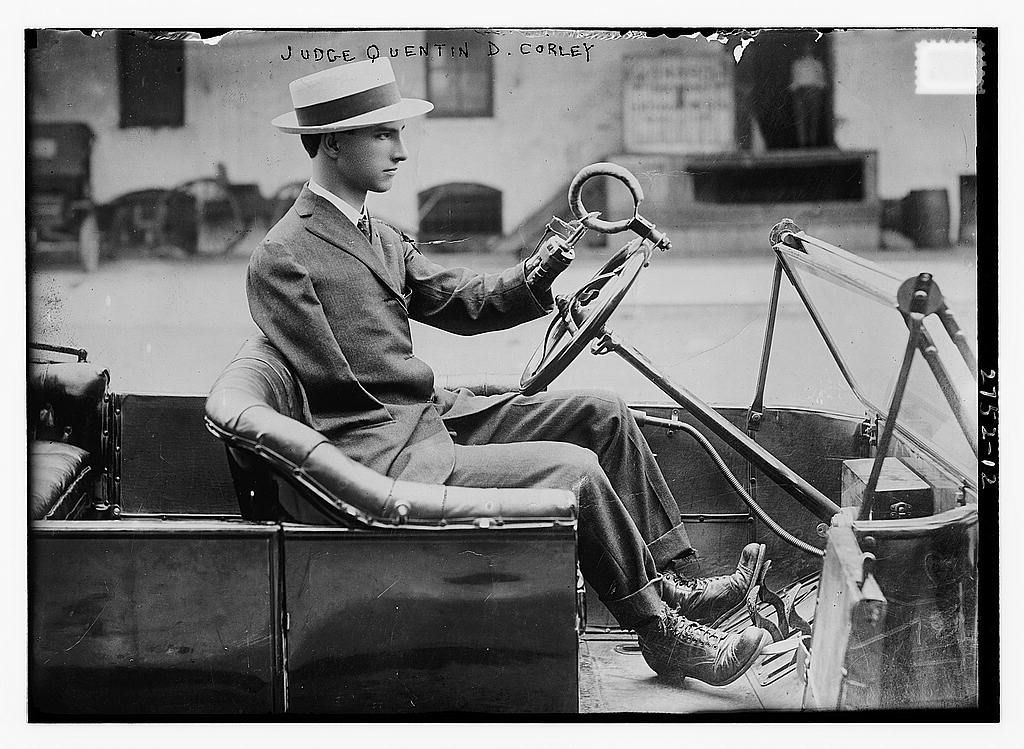#george grantham bain
Text
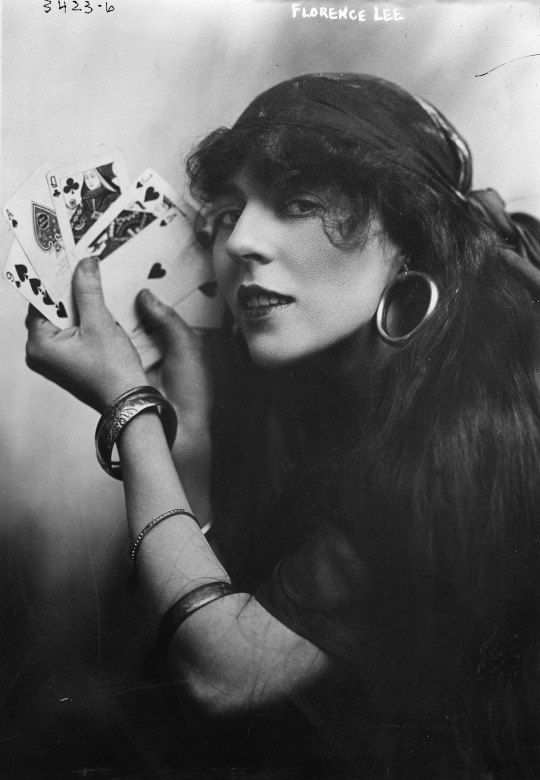
Florence Lee [ca. 1910-1915] Glass negative. Bain News Service, publisher. | src Library of Congress
view more on wordPress
#bain news service#florence lee#g.g. bain#LofC#glass negative#card reader#psychic#portrait#headwrap#g. g. bain#George Grantham Bain#1910s#glass plate
81 notes
·
View notes
Text
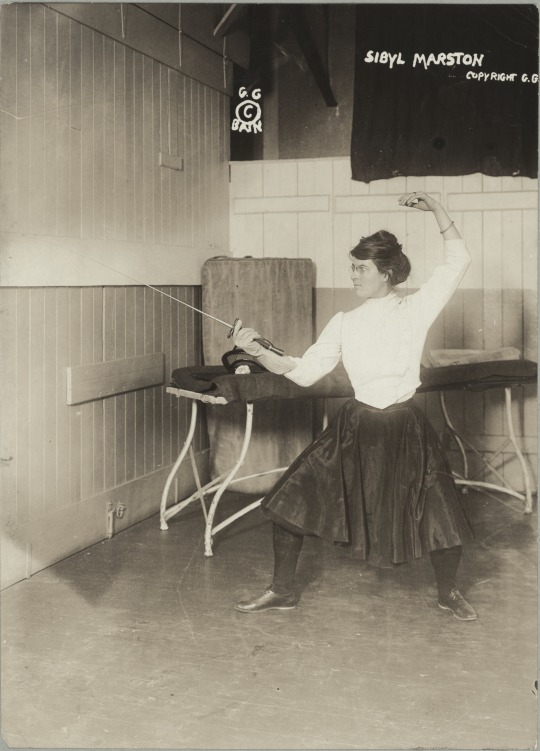
Sibyl Marston, 1910-20. via George Grantham Bain Collection (Library of Congress).
I googled Sybil Marston, and unexpectedly most of the results are about a shipwreck in California. But it runs out this Sybil’s father, Captain William Harrington Marston, was in shipping, and the boat was named after her.
6 notes
·
View notes
Video
Judge Quentin D. Corley (LOC) by The Library of Congress
Via Flickr:
Bain News Service,, publisher. Judge Quentin D. Corley [between ca. 1910 and ca. 1915] 1 negative : glass ; 5 x 7 in. or smaller. Notes: Title from unverified data provided by the Bain News Service on the negatives or caption cards. Forms part of: George Grantham Bain Collection (Library of Congress). Format: Glass negatives. Rights Info: No known restrictions on publication. Repository: Library of Congress, Prints and Photographs Division, Washington, D.C. 20540 USA, hdl.loc.gov/loc.pnp/pp.print General information about the Bain Collection is available at hdl.loc.gov/loc.pnp/pp.ggbain Higher resolution image is available (Persistent URL): hdl.loc.gov/loc.pnp/ggbain.13513 Call Number: LC-B2- 2752-12
#Library of Congress#dc:identifier=http://hdl.loc.gov/loc.pnp/ggbain.13513#xmlns:dc=http://purl.org/dc/elements/1.1/#automobiles#driving#steering wheel#artificial arm#artificial limbs#Judge#Quentin D. Corley#Dallas#Texas#prosthesis#amputees#1916#Corley#Quentin Durward Corley#handicapped#disabled#George Grantham Bain#Bain News Service#glass negatives#vehicle#judge quentin corley#car#suits#20s#city#on atm#early automobile
8 notes
·
View notes
Photo

George Grantham Bain Collection
15 notes
·
View notes
Text

Labor Day (May Day) Parade, unknown photographer from the Bain News Service, 1909 (Library of Congress, George Grantham Bain Collection)
#photography#history#historic photographs#rain#rainy day#rainy mood#pluviophile#1910s#black and white#b&w#Library of Congress
28 notes
·
View notes
Text


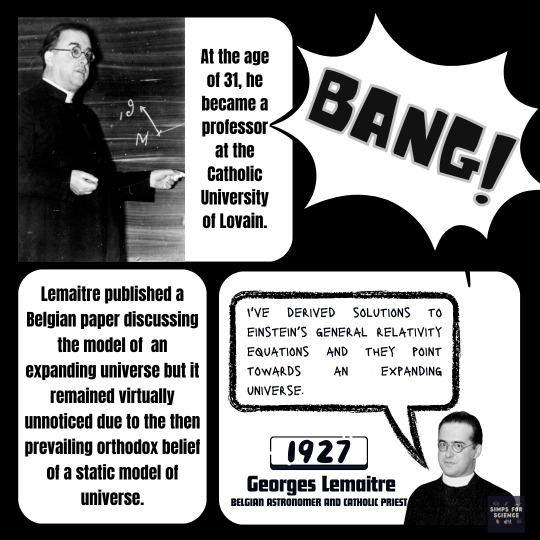
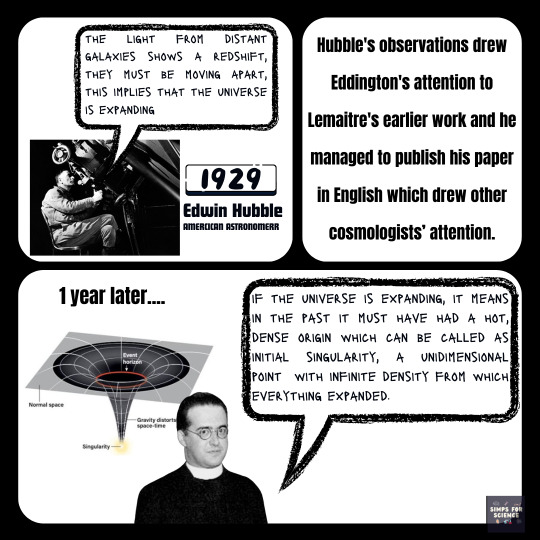

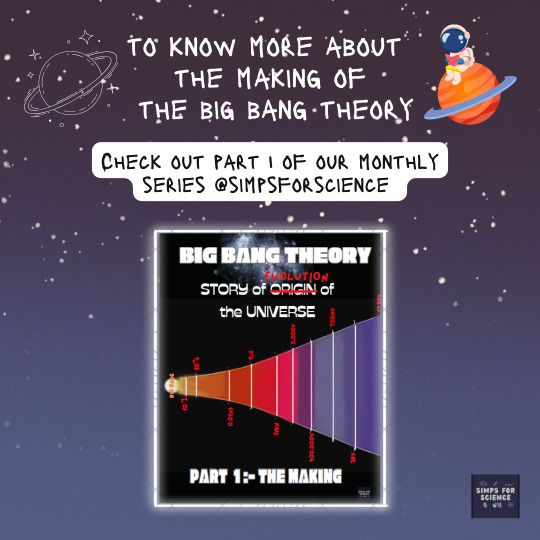
Georges Lemaître navigated a challenging journey🧗🏻♀️ in birthing and establishing the Big Bang theory. Read on this post to discover how strewn his path was and the skepticism and resistance🤨 that he had to face to put forth his work. Join us on our monthly series - Big Bang Theory and cater to your curiosity about our cosmos🌌.
📸Image credits:
Image 1: Georges Lemaitre by Betmann
Image 2: Young Lemaitre by Jean-Pierre Luminet, e-luminesciences blog
Image 3: Arthur Edington by George Grantham Bain Collection, Wikimedia
Image 4: Georges Lemaitre teaching by Encyclopædia Britannica
Image 5: Edwin Hubble by Margaret Bourke - White/Time & Life Pictures/ Getty Images
Image 6: Singularity by Rone Kelly, Astronomy
Image 7: Pope pius xii by Michael Pitcairn
#education#science#science facts#study blog#research scientist#astrophysics#astronomy#cosmology#cosmos#big bang#physicist#physics#space#galaxy#quantum physics#hubble#discover#scicomm#comics#general relativity#albert einstein#nasa
32 notes
·
View notes
Photo
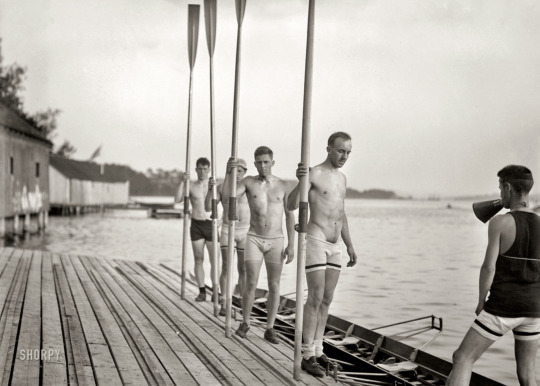
George Grantham Bain: Yale Varsity Four at boathouse (1913) via SHORPY
205 notes
·
View notes
Text
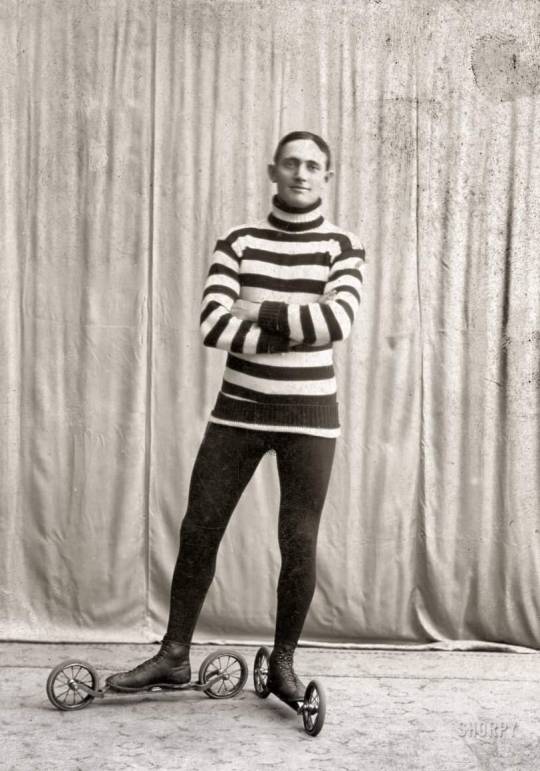
Man on bicycle skates, circa 1905. For some reason, these didn't catch on. Photoprint by Hall, George Grantham Bain Collection.
75 notes
·
View notes
Text
Janet Scudder
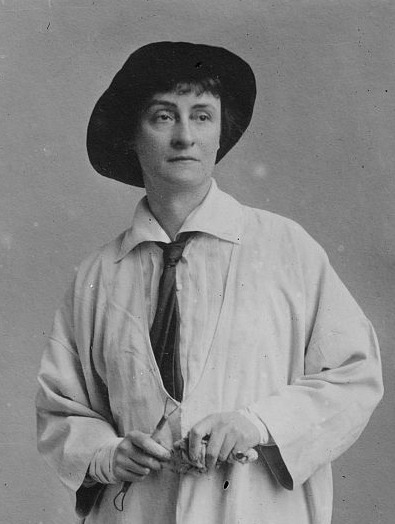
Janet Scudder was born in 1869 in Terre Haute, Indiana. Scudder was a sculptor best known for ornamental garden sculptures. She received many commissions, and designed fountains and statues for many New York City elites, including John D. Rockefeller. Scudder also designed the seal of the New York Bar Association, and a medal for the state of Indiana's centennial in 1916. She exhibited in both Europe and America, achieving success on both continents. Scudder won an honorable mention at the 1911 Paris Salon, and became a Knight of the French Legion of Honor in 1925. Her work can be found in the collections of the Metropolitan Museum of Art, the National Gallery of Art, and other institutions.
Janet Scudder died in 1940 at the age of 70.
Image source: George Grantham Bain Collection, Library of Congress
8 notes
·
View notes
Text
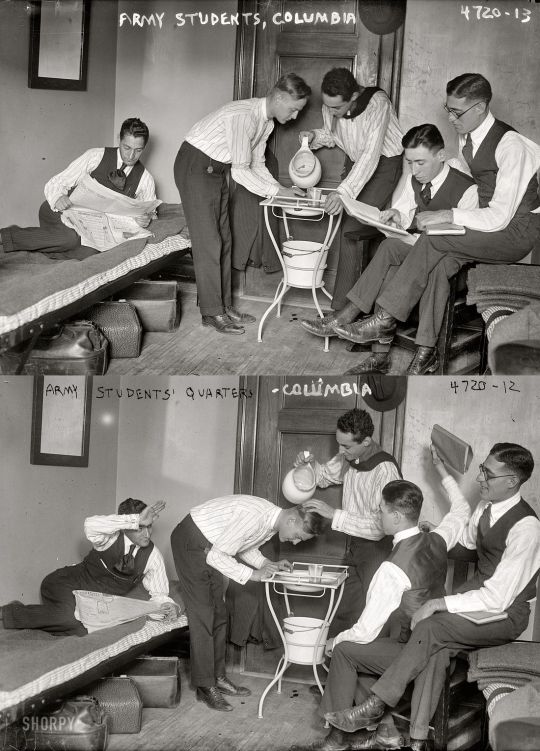
George Grantham Bain: Army students' quarters, Columbia University, 5 October 1918
4 notes
·
View notes
Text

Men as well as boys liked to race model boats in Central Park, 1921.
Photo: George Grantham Bain for the Bain News Agency via Wikimedia Commons
97 notes
·
View notes
Text

Lady Constance Stewart Richardson, 13 June, 1913. Glass negative. Bain News Service (publisher) | src Library of Congress
view more on wordPress
#Bain News Service#Constance Stewart Richardson#Constance Stewart-Richardson#dance pose#barefoot dancer#dance costume#dancer#Tänzerin#danseuse#tanzpose#danzatrice#bailarina#draped dancer#draped woman#draped women#full length portrait#British dancer#g.g. bain#george grantham bain#tanzkostum#1910s#glass negative#glass plate negative#LofC#spread arms
68 notes
·
View notes
Photo

Dryland training for cross country skiing, circa 1905.
Photo by George Grantham Bain.
#vintage#style#fashion#clothing#ski#early 20th century#exercise#fitness#skiing#skier#men#man#xc skiing
17 notes
·
View notes
Text

Yale University students celebrate graduation in 1914—despite what the date scribbled on the image says. In the early 20th century, U.S. elite colleges were panicked about an influx of Jewish applicants. They devised a system to screen them out that remains mainly in place today. Photograph By George Grantham Bain Collection, Library of Congress
Why Do Colleges Have Legacy Admissions? It Started as a Way to Keep Out Jews.
Standardized tests. Interviews. Extracurricular Activities. In the early 20th Century, Universities used these Tactics to Ensure their Students were Predominantly Protestant.
— By Erin Blakemore | July 28, 2023
Should college students gain admission based on academic merit—or who their parents are? That question has become more pertinent than ever with the U.S. Supreme Court’s invalidation of affirmative action and the Department of Education’s announcement of a civil rights investigation into Harvard University’s preferential treatment of “legacy” students with family connections.
Although it may seem like a modern problem, it’s only been about a century since U.S. colleges and universities began factoring family relationships and other criteria like extracurricular activities, interviews, and standardized test scores into their admissions decisions. These policies, it turns out, are rooted in anti-Semitic attitudes that aimed to keep Jewish students out of elite schools.
Here’s how anti-Jewish discrimination fueled modern college admissions—long before affirmative action ever existed.
Training Grounds For Society’s Elite
Before the late 19th century, a college education was largely out of reach for anyone but wealthy Protestants, who founded universities and colleges to prepare their sons for cultural and community leadership. Though these institutions extended preferential treatment to the sons of previous graduates, their entrance requirements were relatively lax. In a time before widespread public education, few who could afford to pay were turned away.
But beginning in the 1840s, the makeup of American society changed with waves of immigration that brought Catholics and Jews into the country in large numbers. As these emigrants flooded into the nation, write sociologists Deborah L. Coe and James D. Davidson, their presence threatened white Protestant groups who had previously dominated mainstream culture.
“As a result,” Coe and Davidson write, “anti-Catholic and anti-Semitic sentiments found their way into a variety of mechanisms that were created in response to the undesirable demographic changes.” This soon filtered into college admissions too.
Catholics quickly founded their own universities and encouraged members of their religion to attend them. So it was Jewish college enrollment that generated special concern at predominantly Protestant institutions.
Panic Over 'Undesirable' College Applicants
Institutions historically tolerated some Jewish students, but only those whom officials felt had the proper class standing and had appropriately “assimilated” into mainstream American culture.
In the late 19th and early 20th centuries, newer arrivals from majority Jewish enclaves didn’t fit that mold, so elite Protestants attempted to close ranks. University officials who bought into longstanding stereotypes of Jews as clannish, conniving, and socially undesirable worried that admitting Jews would taint the reputation of the schools. Plus, they disliked the idea of their sons being educated alongside them.
No longer was mere money sufficient for acceptance into elite social circles. As historian John Higham writes, Protestant elites of the era “grasped at social distinctions that were more than pecuniary,” including “the cult of genealogy.” Suddenly, institutions including social clubs, sports organizations, prep schools, and even neighborhoods emphasized family connections as part of the price of entry—shutting Jews out by default.
It was no different in higher education, where leaders were alarmed by rising Jewish enrollment. In response, they began to brainstorm how to limit Jewish applicants without endangering public funding or damaging their reputations.
Elite Universities’ Anti-Semitic Legacy
Yale University was one of those institutions. “There seems to be no question that the University as a whole has about all of this race that it can well handle,” wrote Robert Nelson Corwin, Yale’s admissions chairman, in 1922. Though Jewish students showed the same academic achievement as their counterparts, Corwin wrote, “members of this race…graduate from college as alien in morals and manners as they were upon admission.”
He recommended that Yale implement “non-intellectual requirements,” including letters of recommendation, in-person interviews, and psychological testing, to limit its number of Jews.
Corwin was far from alone. From Harvard to Rutgers, Columbia to Tufts, elite colleges and universities began trying anything and everything to control the makeup of their student bodies. Some implemented quotas to limit the number of Jews in new classes. Others focused recruiting in areas they knew had lower populations of Jews, and began looking more closely at extracurricular activities that indicated the social class and religion of applicants. More admissions requirements meant more reasons to turn down students—and a way to mask anti-Semitic school policies.
When Jews won more academic scholarships, schools like Harvard and Yale discontinued them in favor of financial aid. They also embraced the new field of psychological testing, offering tests that measured aptitude and not achievement, such as the Thorndike Tests for Mental Alertness.
“The primitive and biased tests effectively reduced Jewish enrollment [at Columbia] by half,” write education historians Jim Horn and Denise Wilburn, noting that many such tests were developed by eugenicists in search of “a purportedly objective way to quantify the structural racism of the day and to have it accepted as scientific.”
Another new requirement was so common it became almost ubiquitous during the period: the photograph. Historian Marianne R. Sanua writes that at Columbia, one fraternity publication satirically recommended that to get around newly tightened admissions requirements, applicants should dye their hair blonde, pretend they were taller, and have photos taken that downplayed stereotypically “Jewish” facial features.
Finally, higher education institutions also implemented internal legacy admissions policies, actively recruiting relatives of alumni and offering them a leg up on other applicants.
“All properly qualified sons of Dartmouth alumni and Dartmouth College officers will be accepted,” wrote Dartmouth College in its alumni magazine in 1922. The school also required applicants to submit multiple letters from Dartmouth alumni, promising that it would prioritize “men who plainly possess the qualities of leadership or qualities of outstanding promise” over those “qualified by high scholarship ranks but with no evidence of positive qualities otherwise.”
The Persistence of Legacy Admissions
As anti-Jewish sentiment became less mainstream in the wake of World War II and the Holocaust and with the rise of the civil rights movement, many universities phased out their more overtly anti-Semitic policies. But many of the restrictions put in place to limit Jewish applicants stuck. Standardized testing and interviews are still common requirements for college admissions, and today’s institutions of higher learning still admit more wealthy students.
One recent analysis found that children from the top 0.1 percent income bracket are more than twice as likely to gain admission to Ivy League schools compared to poorer students with the same test scores—and that 46 percent of their advantage can be attributed to admissions policies that extend preferential treatment to “legacy” students.
Despite some institutions like Amherst, Johns Hopkins, and Wesleyan announcing that they’ve abandoning the practice, the system is still common today. In a 2018 survey by Inside Higher Education, 42 percent of admissions directors at private colleges and universities said legacy status is a factor in their admissions process, compared to 6 percent at public institutions.
Among those institutions is Harvard, whose legacy admissions policy is now facing scrutiny by federal civil rights investigators. The Harvard Crimson reports that among its 2022 freshman class, more than 14 percent surveyed said they were legacy students, and self-reported legacies were likelier to be white. Over a third with one or more parents who attended Harvard reported a combined family income of $500,000 a year or more.
Will legacy admissions go the way of affirmative action? Until the results of the Department of Education’s reported investigation become clear, there’s no way of knowing. But many of the policies once implemented to keep Jews out of higher education in the U.S. are likely to persist.
#College Admissions#Anti-Jews | Discrimination#Standardized Tests | Interviews | Extracurricular A ctivities#Negative Tactics#Predominantly Protestant Students#US Supreme Court 🇺🇸#Affirmative Action#Civil Rights Investigation#Harvard University#Elite Schools#Catholics | Jews#Sociologists Deborah L. Coe & James D. Davidson#Anti-Catholic and Anti-Semitic Sentiments#Protestant Institutions#Assimilation#Mainstream American Culture#Clannish#Conniving#The Cult of Genealogy#Yale University#Robert Nelson Corwin#Yale’s Admissions Chairman#Non-Intellectual Requirements#Harvard | Rutgers | Columbia | Tufts#Anti-Semitic School Policies#Thorndike Tests#Columbia University#Historians Jim Horn and Denise Wilburn#Dartmouth College#World War II and The Holocaust
3 notes
·
View notes
Text
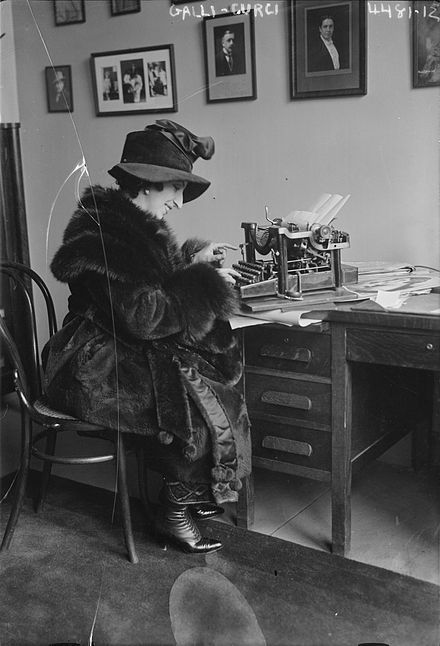
Amelita Galli-Curci (18 Nov 1882 – 26 Nov 1963) was an Italian coloratura soprano. She was one of the most popular operatic singers of the 20th century, with her recordings selling in large numbers. via Wikipedia
Amelita Galli-Curci typing in a fur coat, circa 1920. Forms part of: George Grantham Bain Collection (Library of Congress).
1 note
·
View note
Text

Buying Thanksgiving turkey, ca. 1910
Bain News Service, publisher
General information about the George Grantham Bain Collection is available at http://hdl.loc.gov/loc.pnp/pp.ggbain
Library of Congress: https://www.loc.gov/
3 notes
·
View notes
